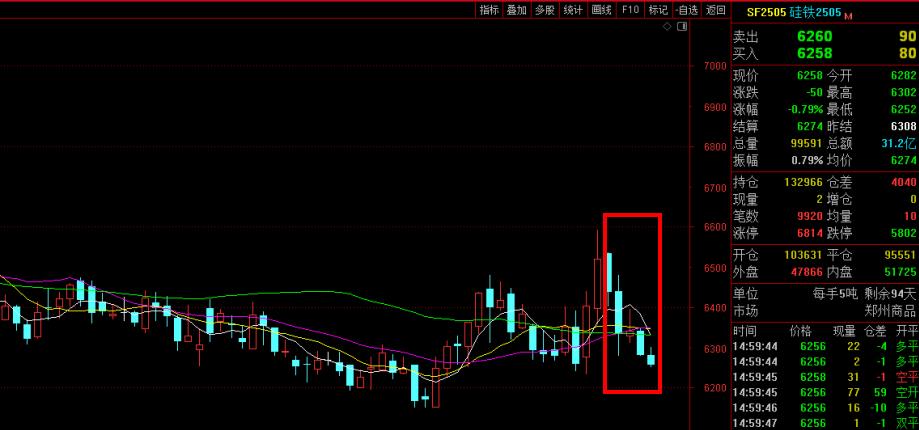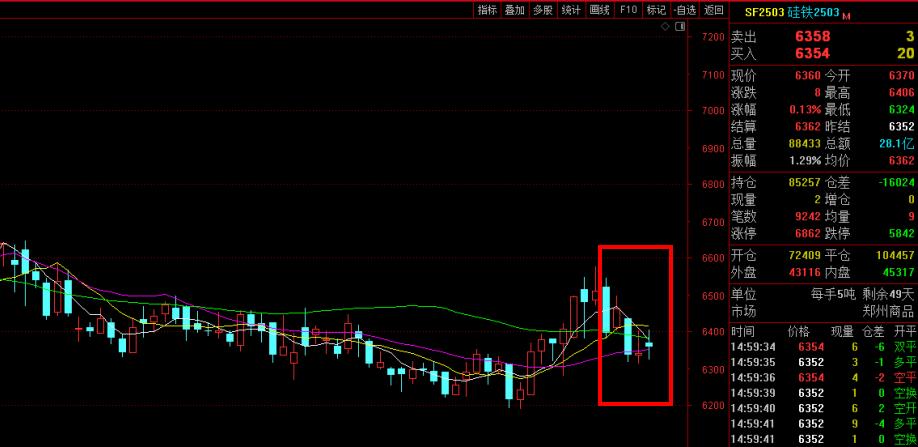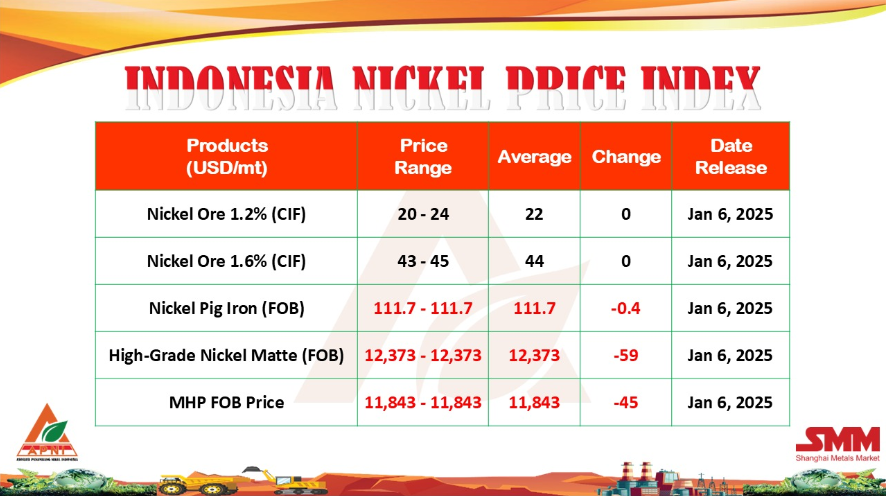In light of the continuing disruption caused by the COVID-19 pandemic, the World Steel Association (worldsteel) has taken the decision not to publish its April Short Range Outlook (SRO) for steel demand this month. The current plan would be to release a full SRO in June when it is hoped we can make a clearer assessment on steel use going forward.
The global steel industry is being impacted as our customers are hit by shutdowns, disrupted supply chains, collapsing confidence and delayed investment and construction projects, as well as a decline in consumption activity. Financial market volatility and collapsing oil prices have further undermined investment.
After slower than expected growth in 2019, mainly due to the deep manufacturing recession in the developed economies, we are seeing a further decline in global steel demand in the second quarter of 2020. The duration of the present disruption is currently impossible to judge.
However, it is possible that the impact on steel demand in relation to the expected contraction in GDP may turn out to be less severe than that seen during the global financial crisis. The 2008 financial crisis was prompted by a severe reduction in industrial and investment activities because of the collapse of the financial system. The current economic crisis for all service and direct consumer sectors may prove to be less steel intensive.
The recovery path from the current crisis will critically depend on the duration of the lockdown and the timing of exit plans. This of course will vary widely around the world. The manufacturing sector is expected to be quicker to rebound compared to other sectors, but supply chain disruptions are expected to continue for some time. The longer the lockdown, the greater the damage to supply chains, thus making a quick recovery more difficult.
Across the world the steel industry is carefully monitoring the latest updates about this pandemic and is taking all necessary actions to safeguard the health of its employees whilst at the same time preserving the ability to operate. worldsteel has taken the decision to reschedule Steel Safety Day from its usual date of 28 April (aligned with the International Labour Organization’s World Day for Safety and Health at Work) to 21 October to reduce the risk of spreading COVID-19 at steel-producing sites.
Some production facilities in the steel industry and steel-using sectors have switched to the production of ventilators to help tackle the coronavirus. The industry understands that many of its customers are facing a tremendous amount of uncertainty and remains committed to maintaining inventory and resources to be able to process orders as needed.
China recovery
After 8 weeks of lockdown, China is the first country to come out of the coronavirus crisis and is working toward full normalisation of economic activity. China’s economic activity froze during the lockdown in February, with manufacturing PMI dropping to 35.7, where a figure of 50 indicates neutrality between growth and decline. Most recent data on steel-using sectors suggest that after a decline of 7.5% in 2019, auto production dropped by 45.8% in January and February 2020. The value-added output of mechanical engineering and metal products dropped by 28.2% and 26.9% in January and February 2020. Real estate and infrastructure investment dropped by 16.3% and 30.3% respectively in January and February 2020.
Since a resumption of operations led by the coastal areas started in late February, an economic recovery has been gradually taking place and the Chinese PMI jumped to 52 in March. All steel-using sectors are expected to be ready for full operation by the end of April, but recovery of export-oriented categories will inevitably take more time. The construction sector is expected to be the last to resume full operations due to a slow return of workers. A strong rebound is foreseen in steel-using sector activity in the second half of 2020, especially in the infrastructure sector. On the other hand, a rebound in China’s manufacturing sectors is likely to be hampered by the different timeframes for lockdown exit strategies worldwide.
Construction
Many governments have asked non-essential construction sites to suspend activity. Limited availability of migrant construction workers and low availability of construction materials due to production and delivery problems are common across the world. The solution to these issues will vary regionally, but recovery is likely to be slower in countries more dependent on migrant employees.
Beyond the crisis, the construction sector could get a boost in many regions from government stimulus plans as the focus of government efforts moves from emergency liquidity provision to economic recovery and support for infrastructure, production and industry. However, increased national budget deficits will restrict the ability of many governments to finance infrastructure projects.
Weakened confidence and income is expected to outlast the COVID-19 crisis, making an immediate strong rebound in the residential and non-residential construction sector unlikely.
Mechanical equipment
Mechanical equipment, which accounts for around 15% of global steel use, has highly integrated global supply chains and is highly dependent on Chinese supply. Therefore, lockdowns around the world are severely affecting supplies of components, inevitably leading to production cuts. Asian countries like Thailand and Korea are particularly hard-hit by supply chain disruptions.
As a big part of mechanical equipment comprises capital goods used in factories and construction sites e.g. plant equipment and lifting equipment, its demand is being affected by delayed investment and construction projects, as well as lower factory utilisation in manufacturing facilities. An exception would be the medical equipment sector.
Rebound in the mechanical equipment sector is expected to be slow as the highly integrated supply chains will be slow to be restored. Demand side factors also point to a slow recovery as corporate investment plans are being undermined with falling investor confidence, eroding financial stability and uncertainty in the global trade environment, as well as a weak global economy. The fall in oil prices will curtail investment in the energy sector.
Automotive
The automotive industry, which in recent years was already going through a slump with negative growth around the world due to saturation of demand, regulation changes and transformation toward EVs, is expected to be among the hardest hit by COVID-19. A combination of both demand and supply shock, particularly in the EU and US where the sector accounts for about 20% of total steel use, is expected.
After demonstrating the worst performance since 2012 with a drop of 5.9% in output in 2019, the EU automotive sector is expected to record another steep decline this year, as some early indication of the impact of the pandemic already reveals. New car registrations in March in major virus-hit European economies (i.e. Italy, France, Spain) fell by 69-85%. On the supply side, production is affected by shutdowns and supply chain disruptions. The lockdown has already caused a loss of 1.4 million units of car production in Europe as of 9 April according to the European Automobile Manufacturers’ Association. The automotive industry in the US will experience a similar trend.
The Korean automotive industry, whose supply chains have been seriously impacted by the Chinese shutdown in Q1 2020, is also facing sluggish domestic and foreign demand. As Japan is still at an early stage of the pandemic curve, the impact of COVID-19 is yet to be seen, but Japan is also likely to face a severe impact.
A recovery of demand for the automotive industry beyond the lockdown period is expected to be slow considering the expected rise in unemployment and fall in disposable income. A quick rebound in production is also unlikely, given the complexity of auto supply chains and possible bankruptcies of suppliers during the lockdown periods. However, recovery in China’s automobile production is expected to be stronger than in other countries.
The pandemic will not change the long-term trends within the automotive sector with increased environmental regulation and the consumer move towards plug-in hybrids and full EVs. (worldsteel)
Copyright © 2013 Ferro-Alloys.Com. All Rights Reserved. Without permission, any unit and individual shall not copy or reprint!
- [Editor:kangmingfei]



 Save
Save Print
Print Daily News
Daily News Research
Research Magazine
Magazine Company Database
Company Database Customized Database
Customized Database Conferences
Conferences Advertisement
Advertisement Trade
Trade














 Online inquiry
Online inquiry Contact
Contact

Tell Us What You Think